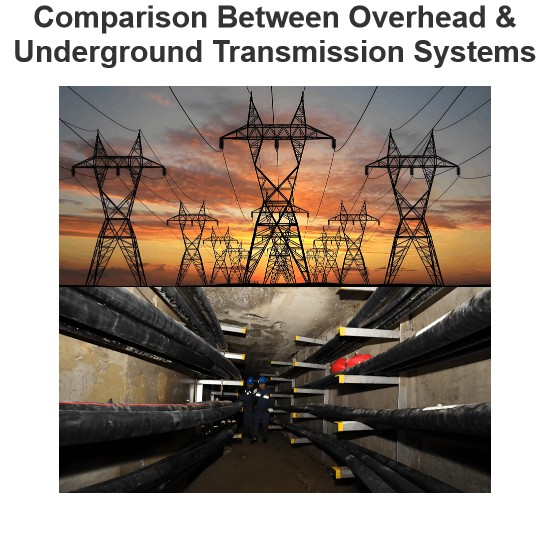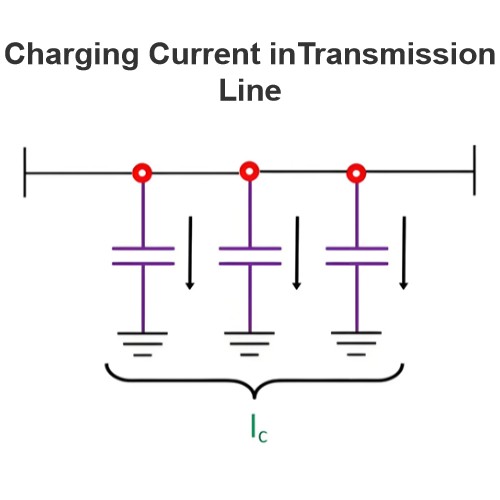What is power cable containment, and why is it important?
What is Cable Sealing in Electrical Systems?
Cable sealing is a technique used to protect cable terminations and intermediate joints by preventing external environmental factors such as moisture, dust, and chemicals from entering the cable interior, thereby ensuring the long-term stable operation of the cable. These sealing measures can include the use of sealants, sealing sleeves, waterproof tapes, heat shrink tubing, and other materials and techniques to ensure the seal and insulation of the cable connections.
Importance of Cable Sealing
Preventing Moisture Ingress
Avoiding Short Circuits and Failures: Moisture ingress can degrade the insulation properties of the cable, increasing the risk of short circuits and failures.
Extending Cable Life: Moisture can cause corrosion of the internal metal components of the cable, shortening its lifespan.
Preventing Dust and Contaminant Ingress
Maintaining Insulation Performance: Accumulation of dust and contaminants on the cable surface or inside can reduce insulation performance, increasing the risk of leakage and short circuits.
Reducing Maintenance Costs: Regular cleaning of dust and contaminants requires additional maintenance work, which sealing can minimize.
Preventing Chemical Erosion
Protecting Cable Materials: Certain chemicals (such as acids, alkalis, and solvents) can erode cable materials, affecting their physical and electrical properties.
Ensuring Safe Operation: Chemical erosion can lead to cable damage, increasing the risk of safety incidents.
Enhancing Mechanical Strength
Improving Vibration Resistance: Sealing measures can increase the mechanical strength of cable connections, making them more resistant to vibration and mechanical stress.
Preventing Physical Damage: Sealing materials can provide an additional protective layer, preventing external physical damage.
Adapting to Harsh Environments
Outdoor Applications: In outdoor environments, cables are often exposed to rain, snow, high temperatures, and low temperatures. Sealing measures ensure that cables operate normally under these conditions.
Industrial Applications: In industrial environments, cables may face challenges such as oil, chemicals, and high temperatures. Sealing measures provide the necessary protection.
Compliance with Standards and Regulations
Meeting Industry Standards: Many industry standards and regulations require cable terminations and joints to have good sealing performance to ensure safety and reliability.
Passing Certifications: Sealing measures help cable products pass various certifications and tests, ensuring compliance with international and national standards.
Common Cable Sealing Methods
Sealants: Using sealants to fill gaps at cable terminations or joints, forming a barrier against water and dust.
Sealing Sleeves: Using specialized sealing sleeves to wrap around cable terminations or joints, providing additional protection.
Waterproof Tapes: Using waterproof tapes to wrap around cable terminations or joints, creating a waterproof layer.
Heat Shrink Tubing: Using heat shrink tubing to cover cable terminations or joints, which shrinks tightly when heated to form a secure seal.
Injection Molding Sealing: Using injection molding techniques at cable terminations or joints to inject and cure sealing materials, forming a robust sealing structure.
Summary
Cable sealing is a crucial measure to ensure the long-term stable operation of cables. By preventing the ingress of moisture, dust, chemicals, and other external environmental factors, sealing measures can improve the insulation performance, mechanical strength, and ability to withstand harsh environments of the cable. They also reduce maintenance costs and extend the lifespan of the cable. We hope the above information is helpful to you.
The Electricity Encyclopedia is dedicated to accelerating the dissemination and application of electricity knowledge and adding impetus to the development and innovation of the electricity industry.













